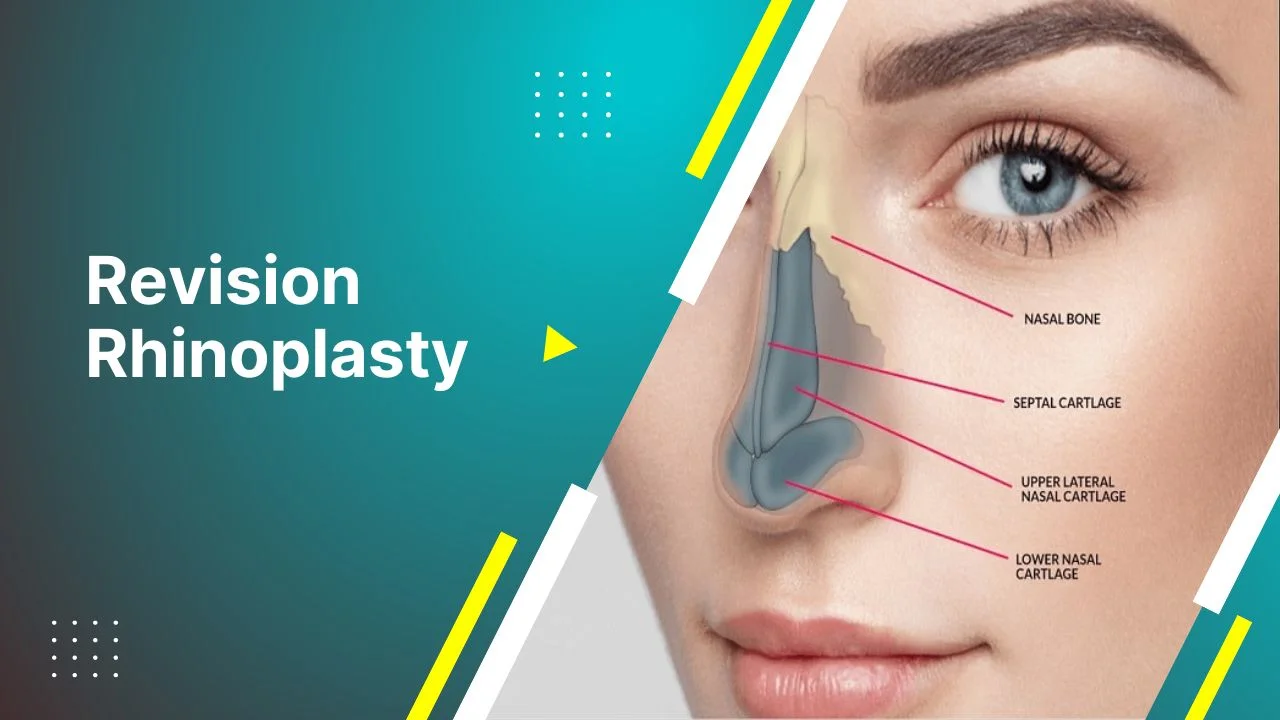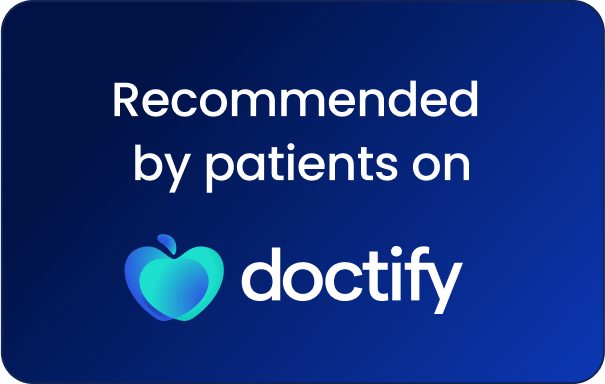Almond eye surgery, a popular aesthetic procedure aimed at creating a more elongated and almond-shaped eye appearance, has gained significant attention for its ability to enhance facial features. While the results are often stunning, many people wonder about the recovery process associated with the surgery. Understanding what to expect during recovery can help patients feel more prepared and at ease as they undergo this procedure.
The recovery process of almond eye surgery involves several stages, from the immediate post-surgery care to the final healing phase. Most patients can expect some swelling, bruising, and mild discomfort in the first few days after the procedure. However, these symptoms generally subside within a week to ten days. It’s important for patients to follow post-operative instructions carefully, including applying prescribed ointments, avoiding strenuous activities, and attending follow-up appointments with the surgeon.
In this blog, we will explore the key aspects of the almond eye surgery recovery process, including the timeline for healing, tips for faster recovery, and potential risks to watch for. Whether you’re considering the procedure or are already in the post-operative phase, this guide will provide the information you need to ensure a smooth and successful recovery journey.
First Day After Almond Eye Surgery: What to Expect?
The first day after almond eye surgery is crucial for the initial stages of recovery. Right after the procedure, patients may experience some discomfort, such as mild pain or a sensation of tightness around the eyes. Swelling and bruising are common, and these symptoms are typically most pronounced within the first 24 hours. The area around the eyes may feel sensitive, and there might be some tearing or dryness.
Patients are advised to rest and keep their head elevated to minimize swelling. It’s important to avoid any strenuous activities or movements that could strain the eyes. Cold compresses can help alleviate swelling, and following the surgeon’s post-operative instructions regarding medication and care is essential.
While the pain is usually manageable with prescribed pain relievers, it’s important to monitor the healing process closely. Any unusual symptoms, such as excessive bleeding, severe pain, or vision changes, should be reported to the surgeon immediately. Overall, the first day after almond eye surgery sets the foundation for the recovery process, so following the necessary steps can help ensure a smooth healing journey.
Things to Consider During the Recovery Process
During the recovery process after almond eye surgery, there are several important factors to consider to ensure optimal healing and avoid complications. First, it’s essential to follow all post-operative care instructions provided by your surgeon, including taking prescribed medications and using eye drops if necessary to prevent infection and reduce inflammation.
Rest is crucial during the recovery phase. Patients should avoid any strenuous activities, including heavy lifting or vigorous exercise, for several weeks to avoid putting strain on the healing eye area. Additionally, it’s important to avoid rubbing or touching the eyes, as this can disrupt the healing process and increase the risk of infection.
Keeping the head elevated, especially while sleeping, can help reduce swelling and promote better blood circulation. Wearing sunglasses or protective eyewear when going outside is recommended to shield the eyes from bright light, dust, and potential irritants.
It’s also important to be mindful of your diet and lifestyle choices, as these can affect your overall healing. Staying hydrated, eating nutritious foods, and avoiding smoking and alcohol can support faster recovery.
Lastly, regular follow-up appointments with your surgeon are essential to monitor progress and address any concerns. By being diligent about these recovery guidelines, you can ensure the best possible outcome and minimize the risk of complications.
Side Effects that may occur after Almond Eye Surgery
After almond eye surgery, patients may experience some temporary side effects as part of the natural healing process. Common side effects include mild swelling and bruising around the eyes, which typically subside within a few days to weeks. It’s also normal to experience some redness or irritation in the eye area, as well as sensitivity to light. These symptoms usually resolve with proper care and time.
Some patients may notice dryness or a gritty feeling in the eyes, as the surgery can temporarily affect tear production. This can often be managed with lubricating eye drops recommended by the surgeon. Another possible side effect is mild discomfort or tenderness around the incision sites, but this is usually manageable with prescribed pain relief medication.
In rare cases, patients may experience complications such as infection, scarring, or a change in eyelid position. These side effects can be minimized by following all post-operative care instructions and attending follow-up appointments with the surgeon. It is important to contact your healthcare provider if you notice any severe or persistent symptoms, such as excessive pain, vision changes, or discharge from the eyes, as these may indicate a more serious issue.
Healing Process: When is Complete Recovery Possible?
The healing process after almond eye surgery varies from patient to patient, but in general, complete recovery typically takes between 2 to 4 weeks. During the first few days following the procedure, patients may experience mild swelling, bruising, and sensitivity, which are part of the normal healing process. These symptoms usually begin to subside within a week.
As the recovery progresses, the swelling continues to decrease, and the skin around the eyes gradually heals. By the end of the second week, most patients can return to their normal activities, although some residual swelling or tenderness might still be present. Full healing, including any final adjustments to the shape of the eyelids, can take several months, with the final results becoming more visible around the 3 to 6-month mark.
To ensure a smooth recovery, it’s essential to follow the surgeon’s aftercare instructions, including avoiding strenuous activities, protecting the eyes from direct sunlight, and using prescribed ointments or drops. Attending follow-up appointments is also crucial for monitoring progress and addressing any concerns during the healing phase.






